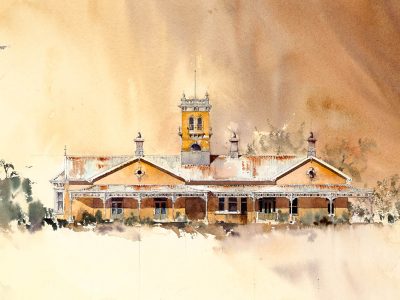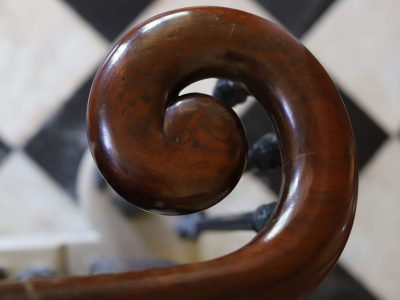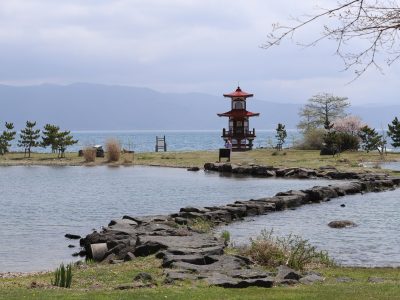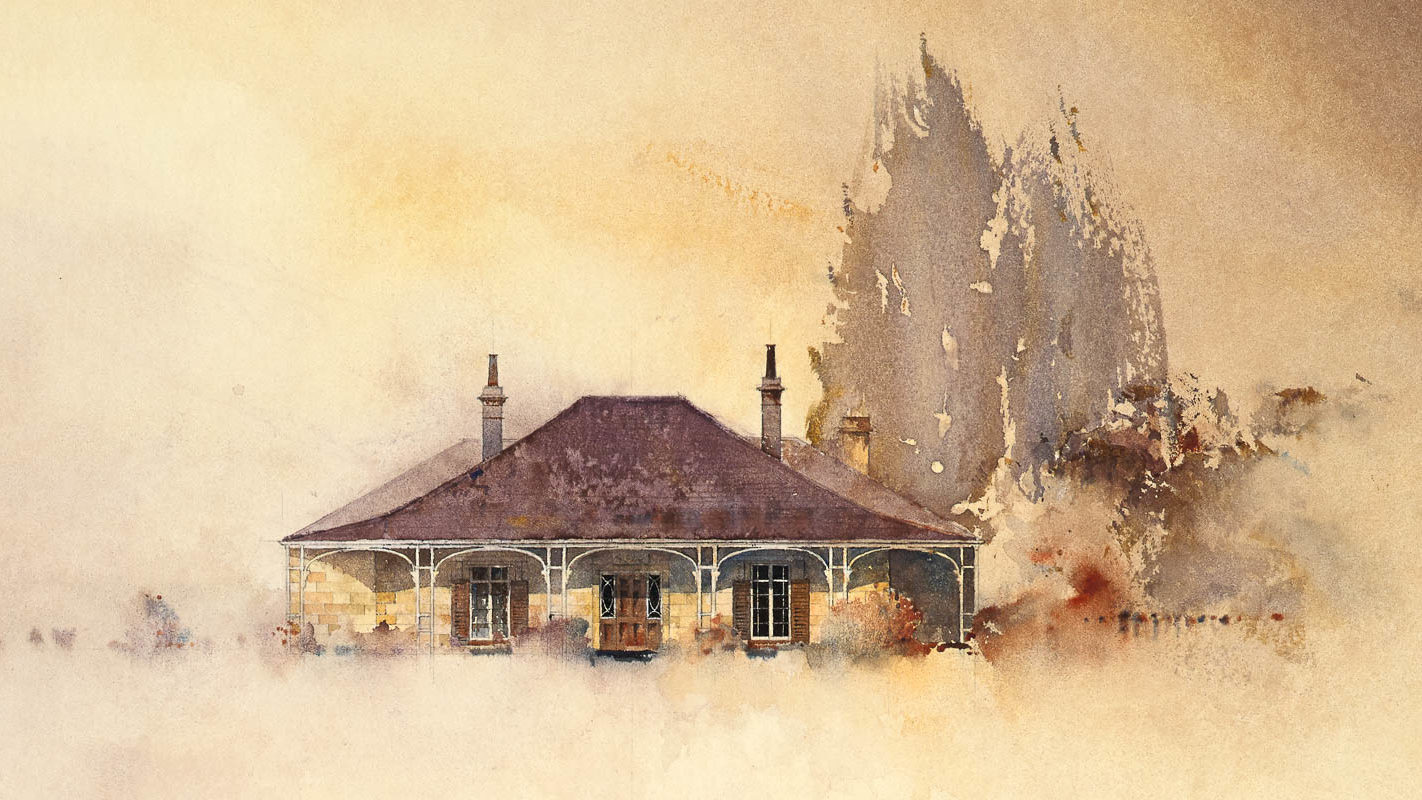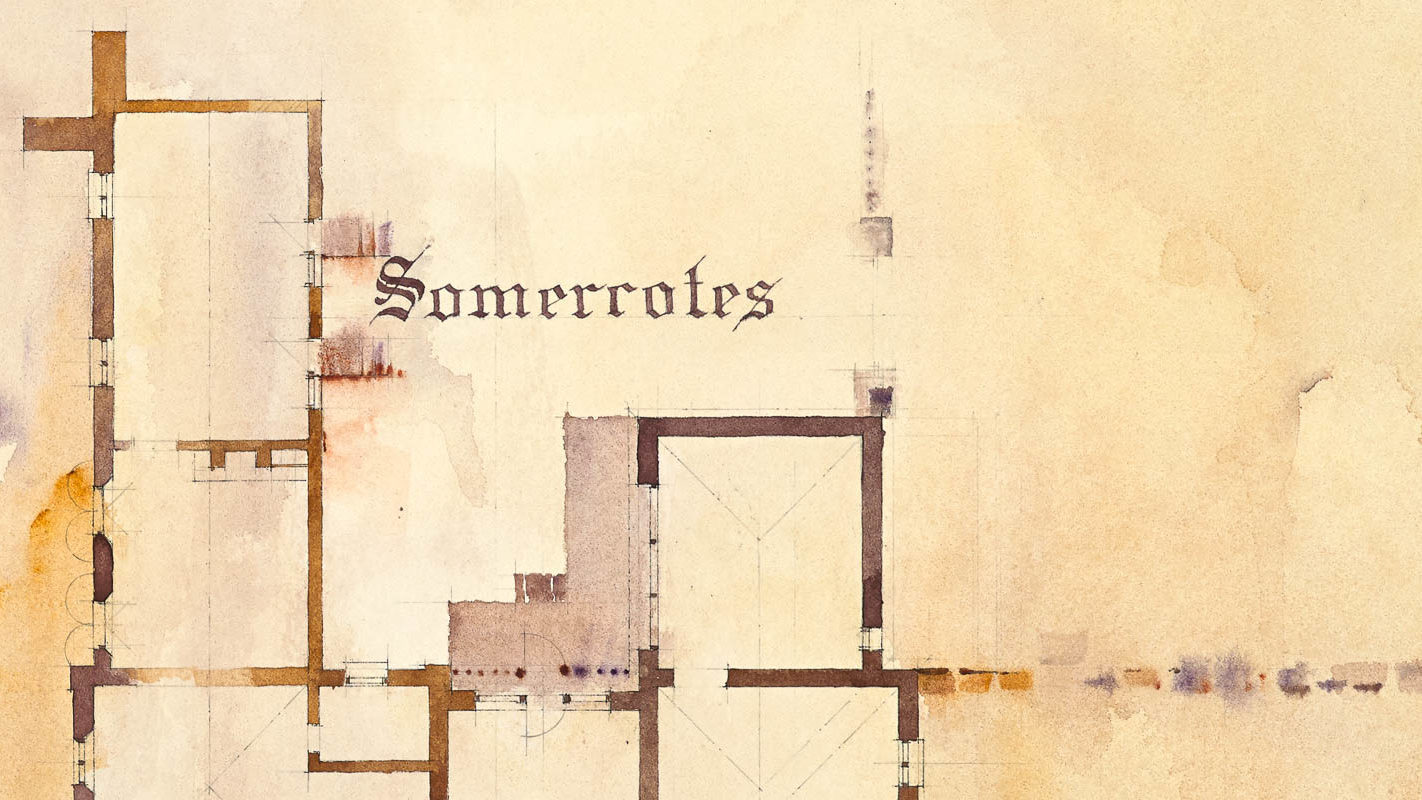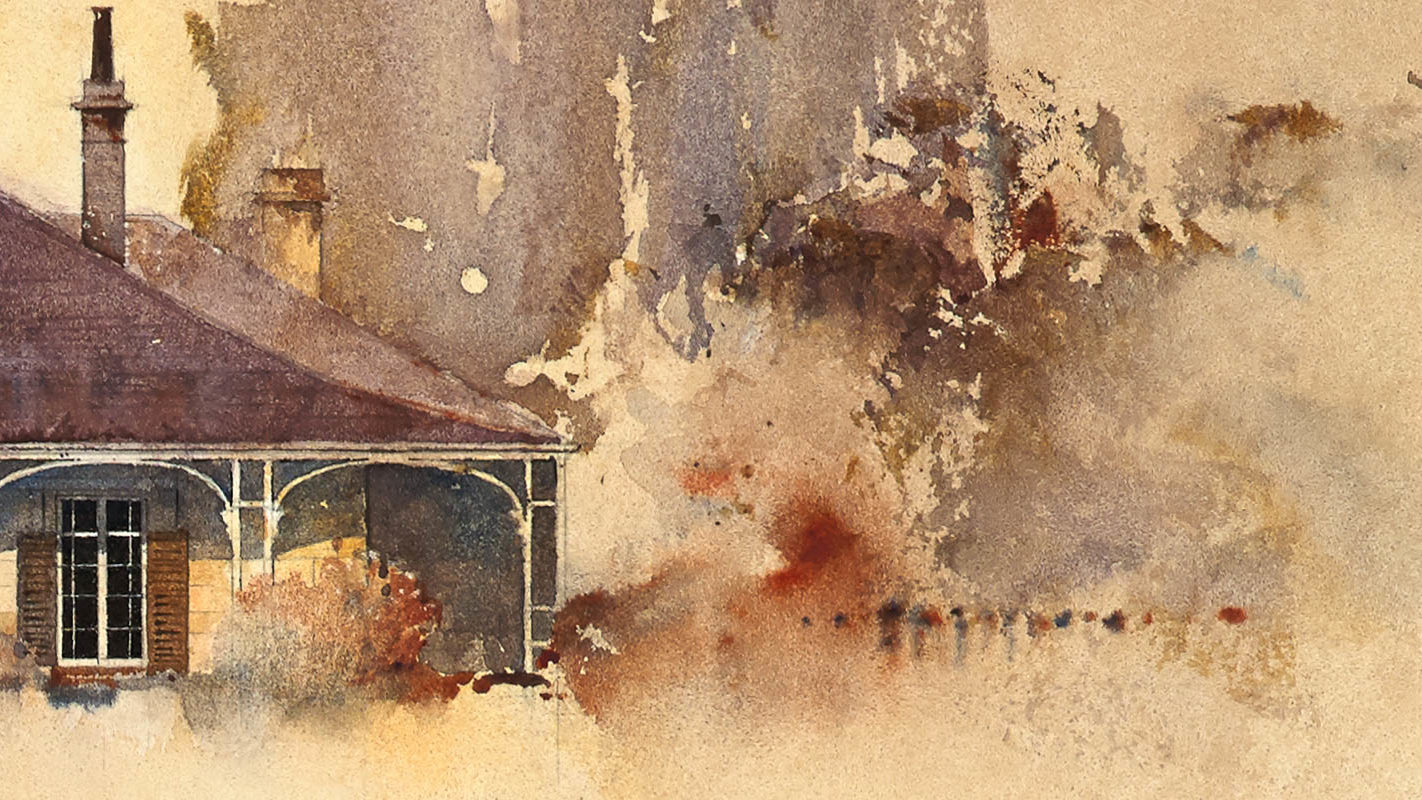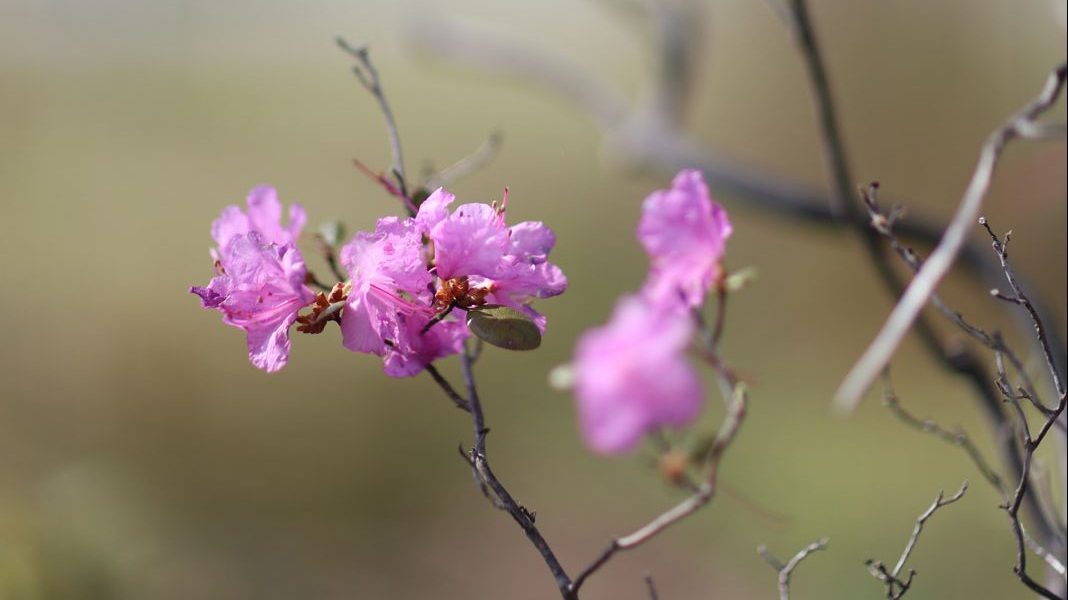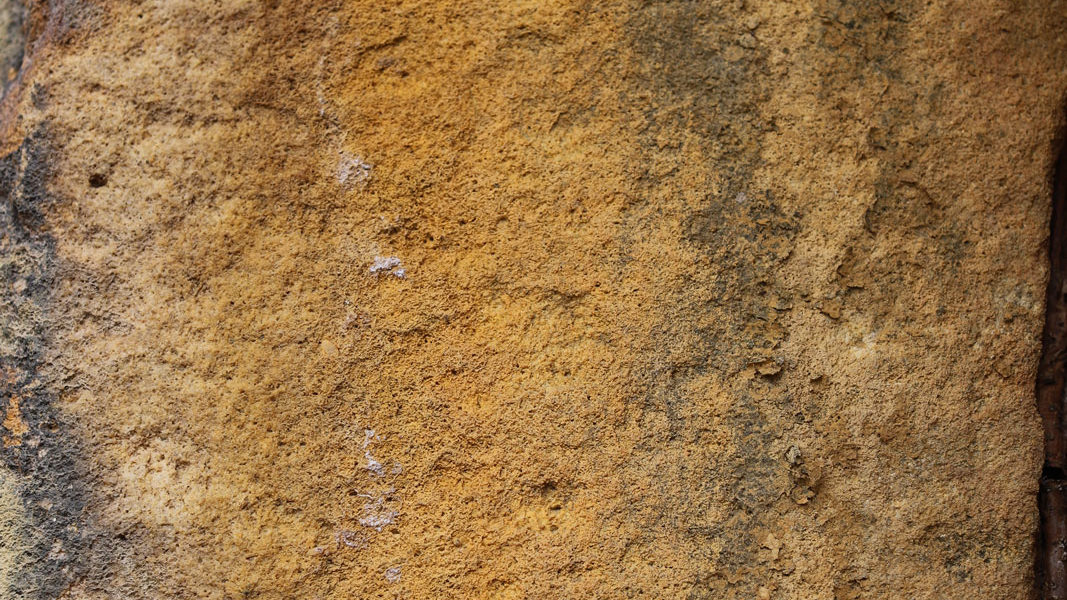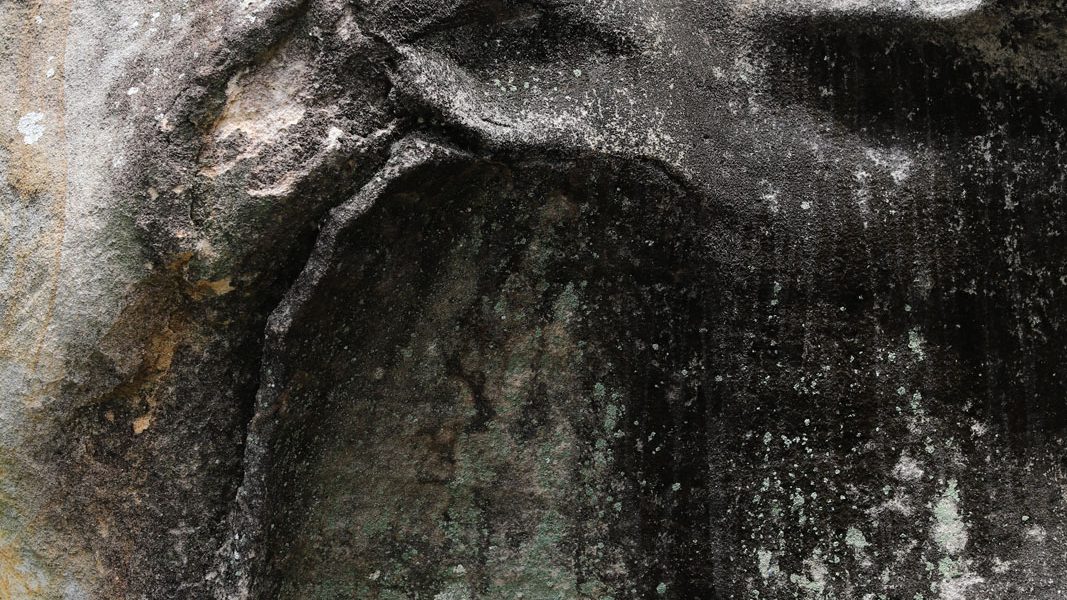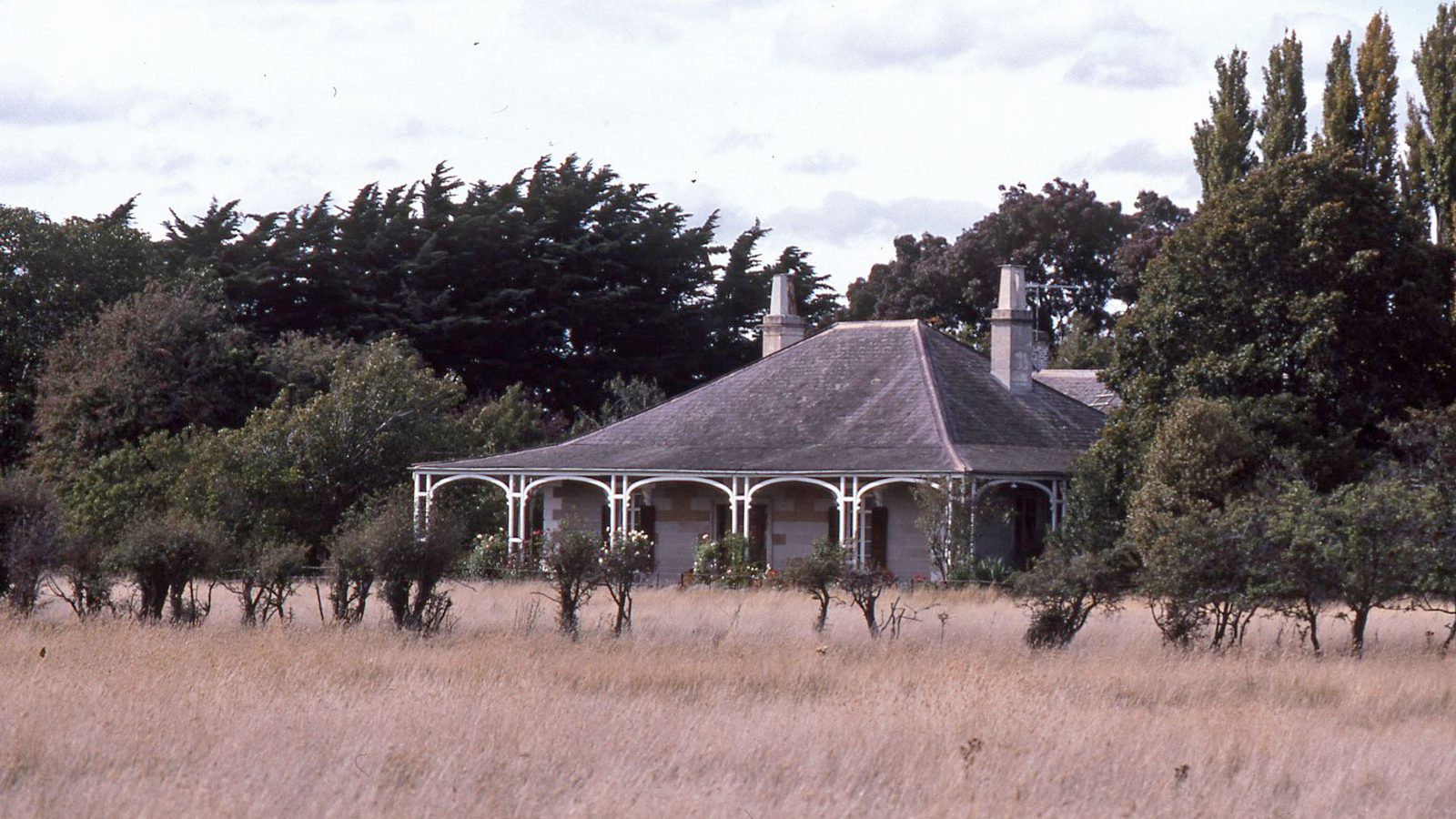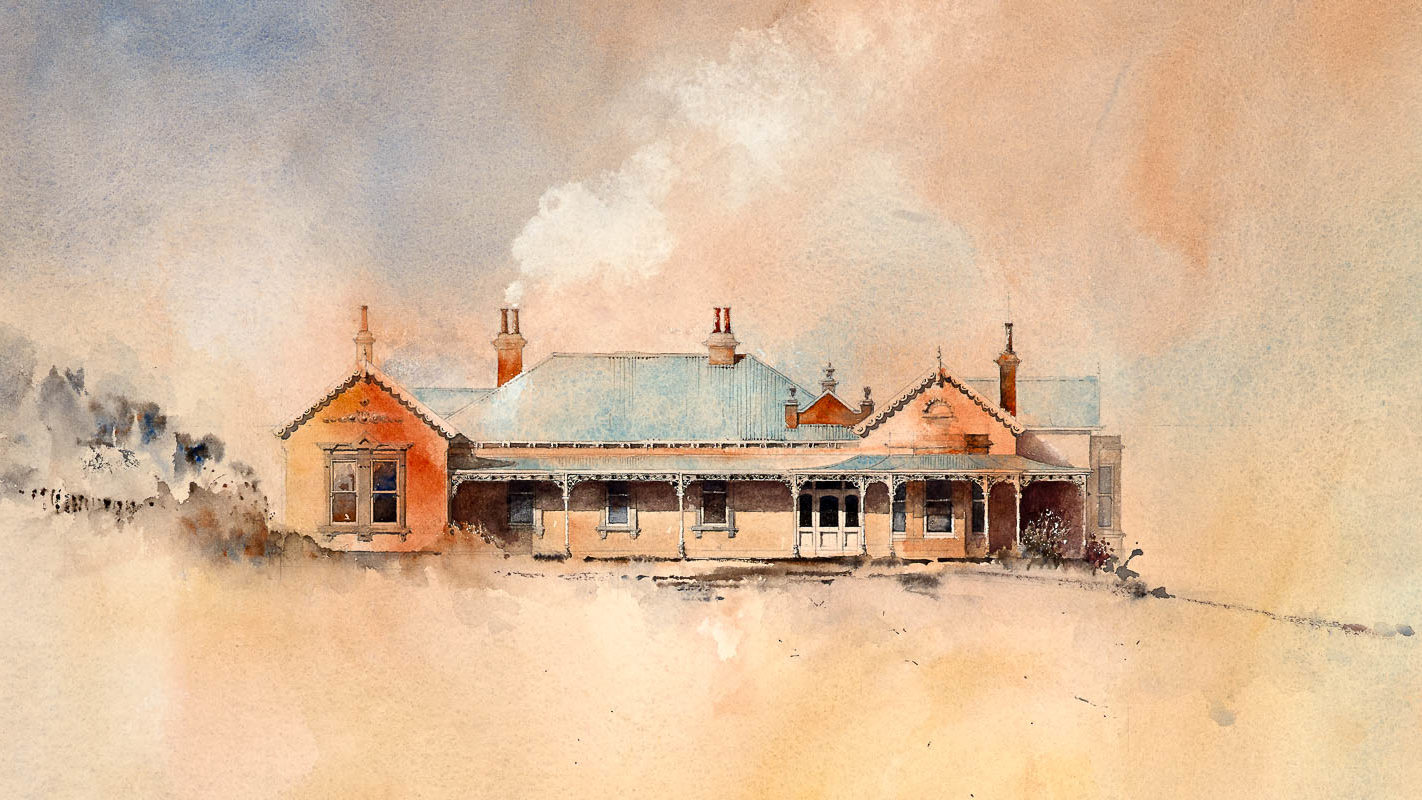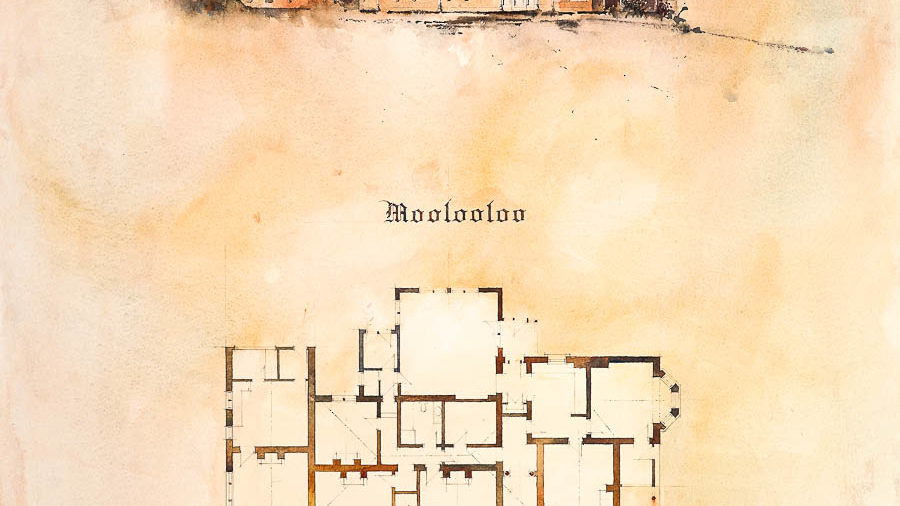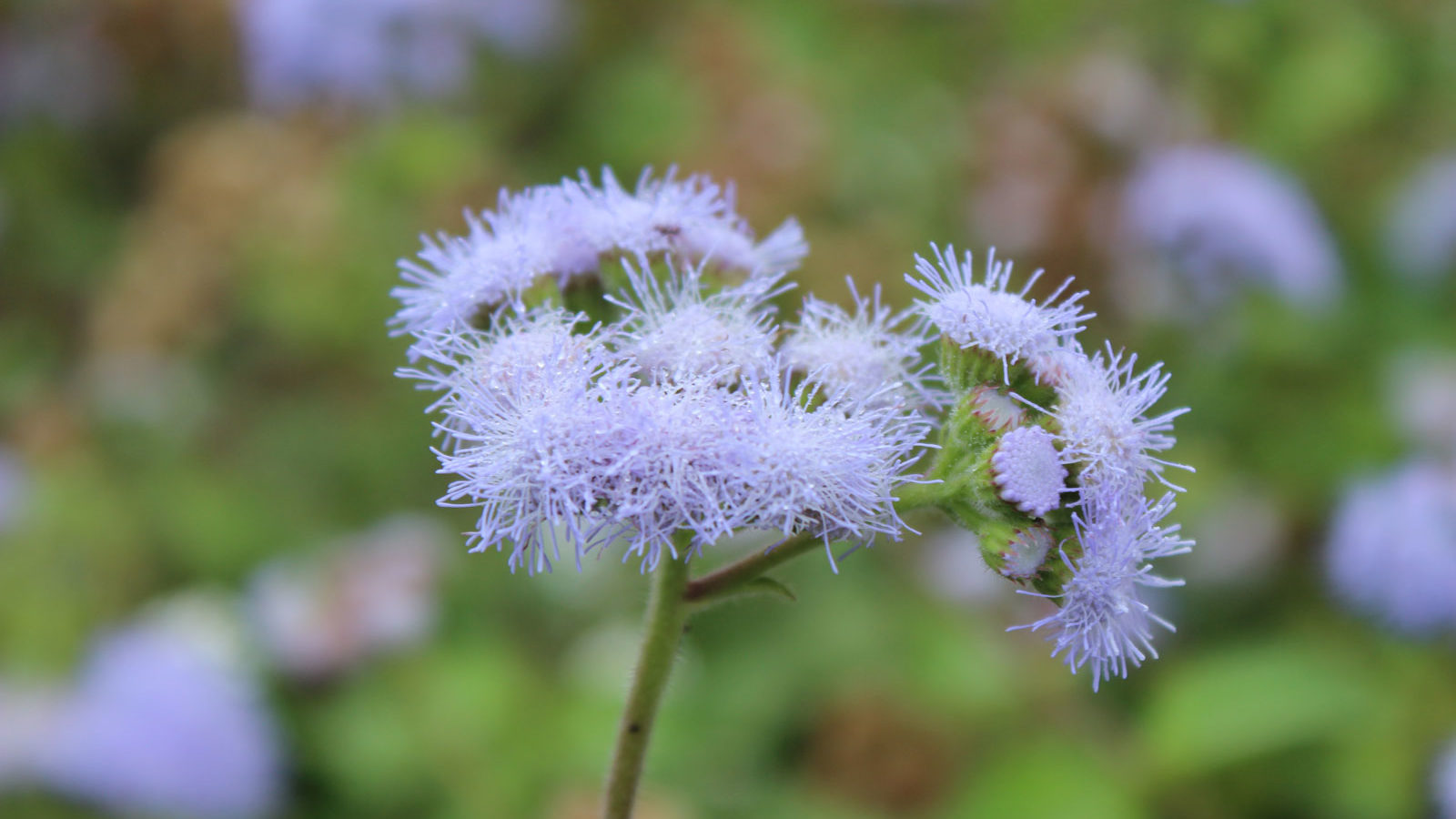Capturing Precious Heritage in Architecture Watercolour Paintings
Wilmar Schütz is a unique architecture painting Melbourne based studio that has built a reputation on years of professional architectural experience and the specialist watercolour skills of our watercolour artists.
We’re renowned for producing stunning architecture watercolour portraits for period and historic buildings. Inspired by nature and the world around us, our watercolour architecture artists ensure that every project is divinely unique.
Wilmar Schütz works across Australia and operates internationally. We warmly welcome your enquiry wherever you may be. Please view our services page to learn more, or use our online form to request a quote for an architecture painting by a skilled watercolour artist.
Somercotes, Ross, Tasmania, Australia
Somercotes in Ross Tasmania is a unique and fascinating reflection of colonial life in Tasmania and is one of the most historically significant heritage properties in Australia. It’s existing inhabitants have lived there for more than a hundred and eighty years. However, the significance of Somercotes lies more in the distinction of the family who built it and who live in it still, than in its architectural merit.
Property History
The history begins where Somercotes is a Lincolnshire name given to the property by Captain Samuel Horton who had been a captain in the Merchant Navy on the China Seas. Horton arrived in Van Diemens Land (Tasmania) from Calcutta in 1823 on board the Brig Governor Phillip. Somercotes lies about six kilometres south of the historic township of Ross and is a nationally significant homestead group that provides important evidence of assigned convict labour in the evolution of a pastoral property based on wool production. The range of buildings that exist at Somerscotes is outstanding and consist of outbuildings, workshops, pug mill, cottages, plant and artefacts are a rare record of the scale and range of operations of a substantial colonial pastoral estate owned by wealthy colonial pastoralists. Somercotes was considered one of Tasmania’s more secure homesteads and is believed to have survived all but one attack from Tasmania’s legendary bushrangers, Martin Cash, Kavanagh and Jones. In the heist a shot was fired and the musket ball lodged in the LHS architrave near the front door where it still remains, the opposite door shows gun barrel indentations and visual evidence of this raid. Martin Cash in later years describing his attack upon Somercotes remarked; “We soon arrived within sight of the fortress – it being the most appropriate name I can find for that gentleman’s residence”
Architectural Features
Built in 1842, Somercotes is undeniably a gracious and beautifully proportioned single storey Georgian sandstone homestead set in a backdrop of mature Lombardy Poplars. The hipped Welsh slate roof is cranked at the verandah with tall stone chimneys that grace the roof line. The main homestead has deep low sweeping verandahs on three sides with paired timber columns five bays wide with curved timber bracketing. The homestead plan and orientation is simple with a wide central hall and formal rooms each side leading to a central kitchen. The external walls are coursed sandstone ashlar and picked sandstone quoining. The external French doors are inward opening with twenty glass panels with fine colonial margin-glazing and louvered shutters. The front has bracketed stone consuls to the windows with a flagged sandstone verandah and floor grills for basement and cellar ventilation.
Special Comments from Chris Wilmar, Architect
Today, Somercotes still operates a working farm that offers self-contained colonial accommodation in the workers cottages and its stable complex. In more recent years the property has developed an eight-hectare commercial orchard that produces some of the biggest and best tasting cherries in Tasmania. The cherry farm offers roadside and online sales of Burlat, Vega, Chelan, Van, Stella, Lapins, Simone and Sweetheart cherries. This makes Somercotes a unique and sweet central Tasmanian attraction.
Look at other architectural properties in the Portfolio section of the website.
Moolooloo Homestead, Warrnambool, Victoria, Australia
Moolooloo homestead is one of Warrnambool’s most gracious and finely crafted and detailed gentlemen’s residence built for J W Sheville, a local councillor and former Mayor who was a prominent Warrnambool citizen of the 1870s. Moolooloo, pronounced “Ma-lo-la” is Aboriginal for calm water and a notable and stately example of a building style that defines Warrnambool’s 19th century architecture.
Property History
The refined single storey residence was built in 1877 from locally quarried sandstone for J W Sheville, a Warrnambool wheelwright and investor. Moolooloo sits at a prestigious elevated address beside the equally historic St John’s Presbyterian Church on Spence Street. In 1891 and 1895 prominent pastoralist J G Ware subdivided the extensive grounds to its present land holding. The stucco-rendered residence was extended in 1882 and 1903 and displays an “axial conservative Classicism” design by architect George Jobbins. More recently, in 2004 the homestead was extended and a large sitting room added to the rear of the property adjoining Manifold Street.
Architectural Features
One of the architectural gems of the Warrnambool Shire has has been enhanced through a series of careful and considered improvements. Boasting wide bluestone steps which lead to the main entrance portico, Moolooloo has eleven principal rooms and is an expansive residence. Guests should be warned to take a deep breath as they step through the heavy timber and leadlight entrance door that signals one of Warrnambool’s grand old homesteads. Externally, the residence combines classical and Gothic features with an asymmetrically placed portico with decorative urns and Gothic barge boards creating a highly picturesque composition.
The mid Victorian sandstone residence is rendered in a terracotta shade and has wide concave cast-iron return verandahs and lacework that extend on three sides. The homestead enjoys elevated views across the city from the verandahs and drawing room and ballroom. Heavily corbeled cornices and ornate ceiling plasterwork with columned archways and chandeliers provide a pleasantly typical, mid-Victorian interior. Moolooloo has high decorative 4.3m ceilings that ensure all principal rooms enjoy grand proportions. A concealed trapdoor in the central hall opens to a subterranean wine cellar.
Special Comments from Chris Wilmar, Architect
Moolooloo is a rare and historic gem with gracious yet stately proportions set in elevated spacious grounds and is one of Warrnambool’s most elegant and admired properties. Sandstone and iron fences enclose the rear with low clipped hedges to the front which adds a traditional touch. A paved sunny rear courtyard with silver birches, offers a shady outdoor dining retreat during the hot summer months.
Look at other architectural properties in the Portfolio section of the website.
We use our watercolour skills to capture our precious heritage
Wilmar Schütz is a unique Melbourne based studio that has built its reputation on years of professional architectural experience and specialist watercolour skills to produce stunning architectural watercolour portraits for period and historic buildings. We are inspired by nature and the world around us, which ensures every project is divinely unique. Wilmar Schütz work across Australia and operate internationally. We warmly welcome your inquiry where ever you may be. Please view our Services to request a quote


